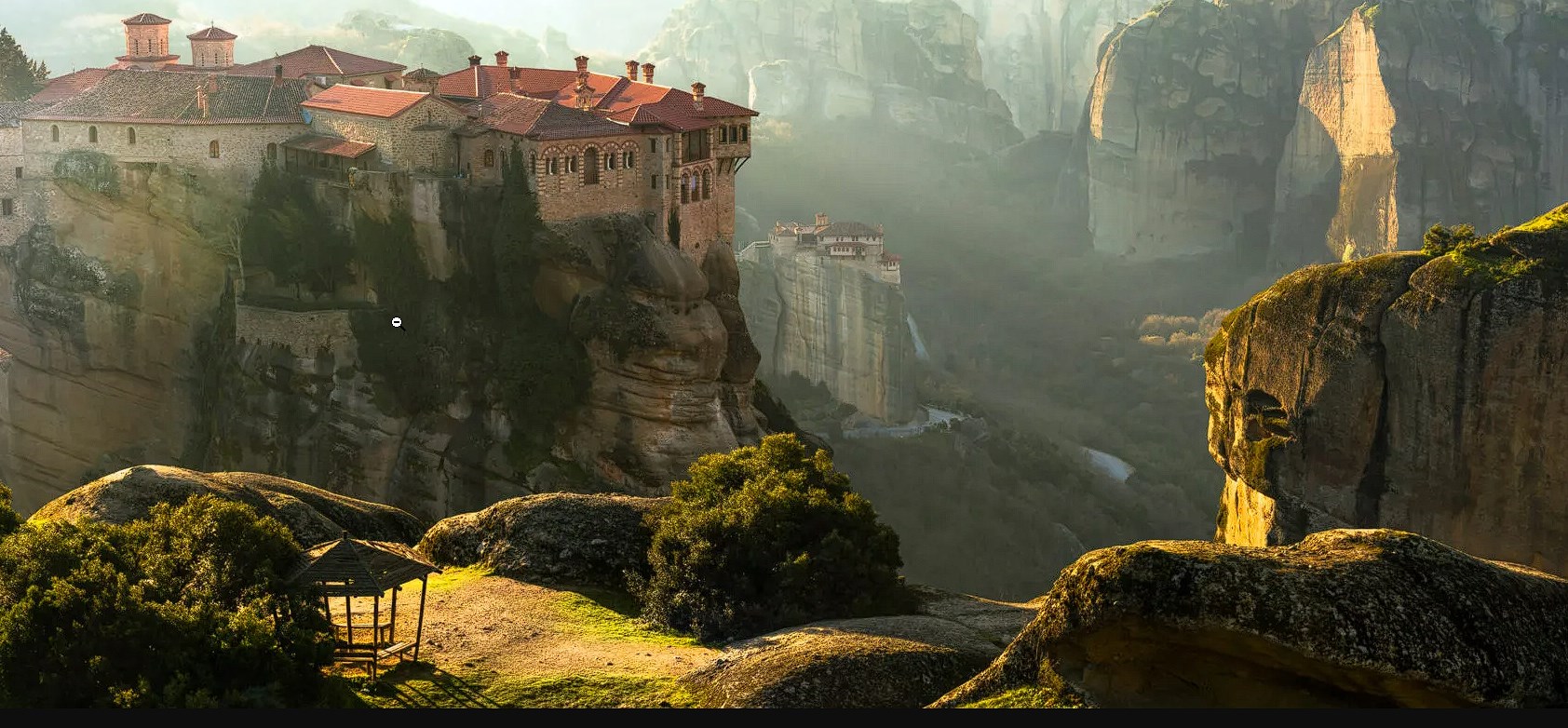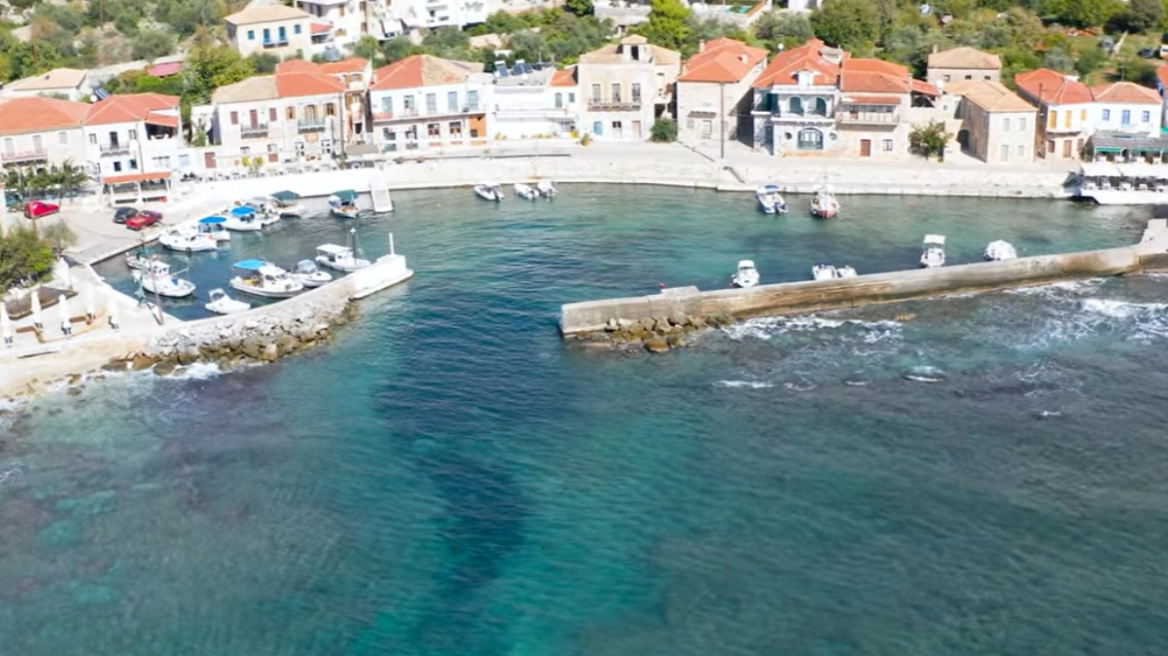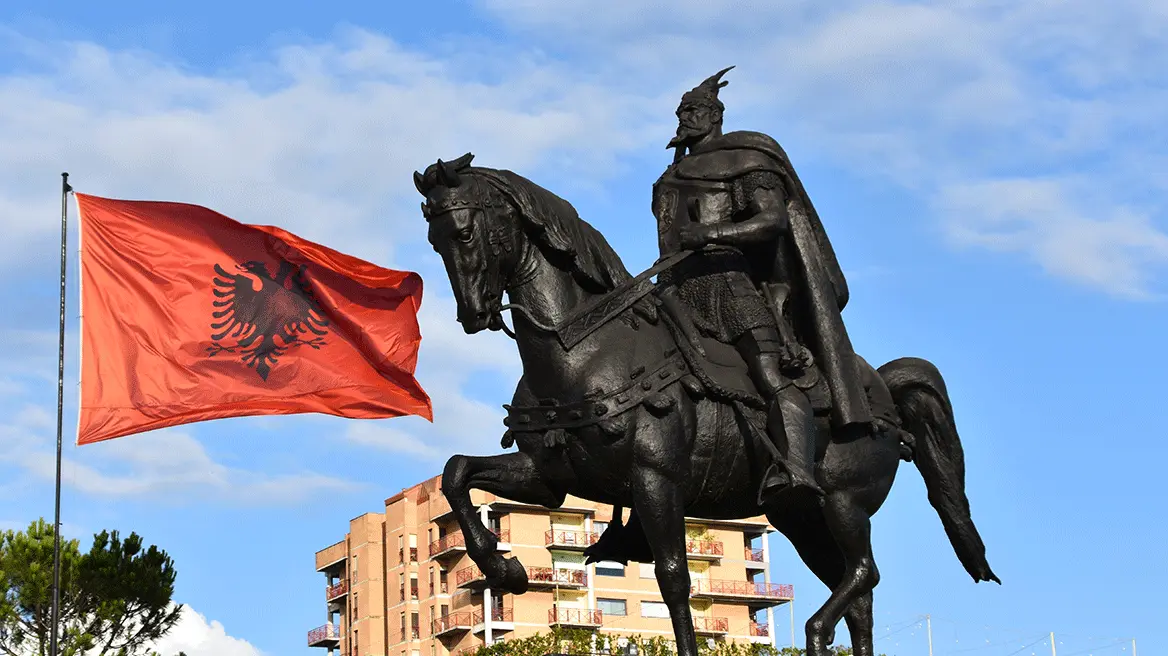Meteora is a geological masterpiece in central Greece famous for its towering rock formations, which create an awe-inspiring landscape. The word “Meteora” is derived from the Greek term “meteoros,” which means “suspended in the air,” as the monasteries built there centuries ago appear to be.
The history of Meteora’s monastic community roots back to the 11th century, when the first monks arrived in this area in western Thessaly, near the Pindos mountains in search of seclusion. Using engineering that still leaves visitors in awe today, they built a series of monasteries atop or within the colossal rocks over the centuries, which served as a refuge and an important site of religious pilgrimage.
Today, one can explore the 24 stunning monasteries (six of which are perched on colossal rocks), each with its distinct history and architectural style, and indeed, they attract visitors from around the world who come to see this remarkable UNESCO World Heritage site with their own eyes. The monasteries offer a valuable glimpse into the monks’ mystical way of life while also offering unforgettably magnificent vistas of the lush landscape that sprawls around them.
Ask me anything
Explore related questions





